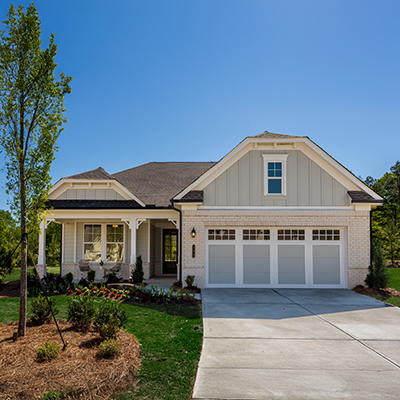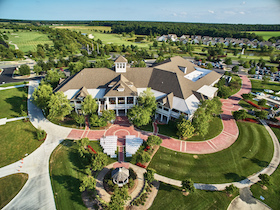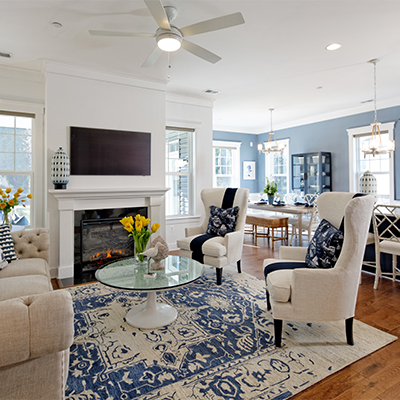Baby Boomers Should Plan Now to Avoid Outgrowing Their Homes
Category: Baby Boomer Retirement Issues
It seems like an oxymoron to think that, just when you were beginning to think about down-sizing, you could actually soon outgrow your existing home. Worse yet, you could do the same for the home you are about to build or buy for retirement.
The more precise statement is that you probably won’t outgrow your home, but if you are not careful, your needs will change to the point that your home no longer fits you. Anyone’s health and/or mobility can change quickly – and when it does your choice is either to move, or put in expensive and inconvenient renovations.
Several important concepts apply to this issue. “Universal design”, as the name implies, means that one set of design principles should be applied when it comes to accessibility. In other words, whether you are a young child, healthy and athletic 40-something, a slowed-down senior, or confined to a wheelchair – your home ought to be able to accommodate you. Universal design fits nicely with another principle, the goal of “aging in place”. The AARP has statistics showing that 84% of Americans 50 and over would like to age where they live now.
So with these two concepts in mind, what can you do to promote your future aging in place – whether you are renovating your existing home, building a retirement home, or buying into an active adult community? First, you should read up on universal design as it applies to aging in place (see references below). If you are buying an existing home or one that is in the process of being built you might be able to negotiate some of these improvments into your purchase contract. Or you can choose to look elsewhere.
Some of the obvious steps are:
– Wide doorways and hallways
– No changes in levels (unless they are ramped) between rooms
– Ramped entry(ies) to your home
– Tall toilets and grab bars in bathrooms
– Non slip floors
– No glare, contrasting lighting and paint
– Lever style handles instead of doorknobs
– First floor master bedroom (or the option for that)
– Provision for future elevator (if building or remodelling)
– Kitchens and major appliances on the main floor
– Kitchen counters at varying heights to fit a range of users
Building in universal design principles now will save you time and trouble, and allow you to age in place. Incorporating universal design principles in new construction can add about 5% to the cost, an enormous savings compared to the 30% of a home’s value retrofitting can cost. Most people tend to think they are 10 years younger than they actually are, so Topretirements urges our visitors to carefully consider universal design and incorporate it now. If we are fortunate enough, we will all age and lose mobility. It’s smarter to prepare now.
The National Association of Home Builders has a Certified Aging-in-Place Specialist program to help builders and designers. Pima County, Arizona is just one town that has mandated universal design elements for all new housing.
Resources:
Make Your Retirement Easier with a Few Simple Improvements to Your Home
NAHB Aging in Place Suggestions
NC State R.L. Mace Universal Design Institute
Blueprint for Boomers






Comments on "Baby Boomers Should Plan Now to Avoid Outgrowing Their Homes"
Carol Stanley says:
I am sure when you are young you never anticipate growing older...Youth always feels like it is going to last forever.:twisted: SOmetimes it is just time to move on in life for many reasons
Mandy says:
I am a sales manager for Julie LaTerra Homes who is a custom home builder in Charlotte, NC. We work with many boomers who are building their second home or their final home and they are incorporating the universal design concepts that you discussed in your article. They will want to have a new home that will allow them to age in place.
Jan Cullinane says:
There is a term for most homes that are built - "Peter Pan" homes - because people think they will never grow up - and old!
There is a checklist for ways to incorporate universal design both inside and outside your home in my book, The New Retirement: The Ultimate Guide to the Rest of Your Life (Rodale, 2007).
Jan Cullinane